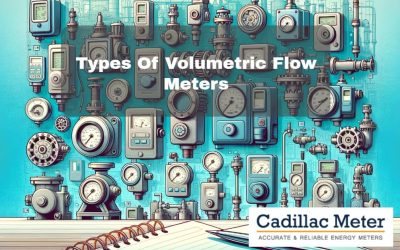Articles
Popular
No Results Found
The page you requested could not be found. Try refining your search, or use the navigation above to locate the post.
News & Events
No Results Found
The page you requested could not be found. Try refining your search, or use the navigation above to locate the post.
Cadillac Meter
No Results Found
The page you requested could not be found. Try refining your search, or use the navigation above to locate the post.
BTU Meters
No Results Found
The page you requested could not be found. Try refining your search, or use the navigation above to locate the post.
Condensate Meter
No Results Found
The page you requested could not be found. Try refining your search, or use the navigation above to locate the post.
Energy/BTU Measurement
No Results Found
The page you requested could not be found. Try refining your search, or use the navigation above to locate the post.
Flow Meter
No Results Found
The page you requested could not be found. Try refining your search, or use the navigation above to locate the post.
Magnetic Meter
No Results Found
The page you requested could not be found. Try refining your search, or use the navigation above to locate the post.
Vortex Meter
No Results Found
The page you requested could not be found. Try refining your search, or use the navigation above to locate the post.
